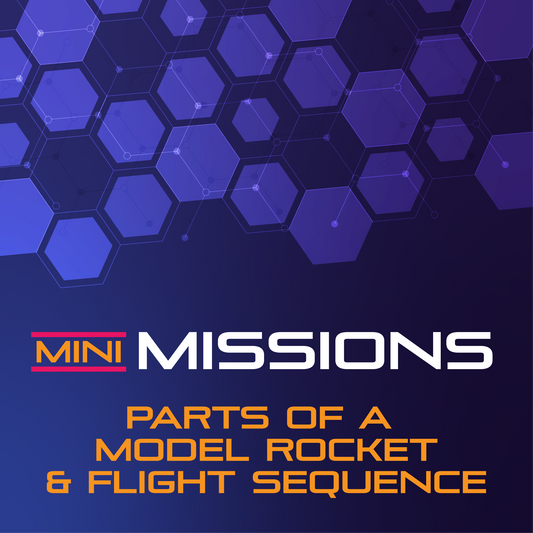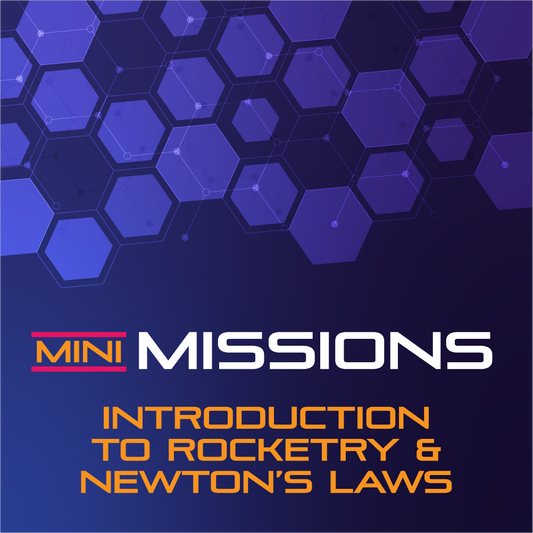4-PS3-1
Use evidence to construct an explanation relating the speed of an object to the energy of that object.
4-PS3-4
Apply scientific ideas to design, test, and refine a device that converts energy from one form to another.
5-PS2-1
Support an argument that the gravitational force exerted by Earth on objects is directed down.
3-5-ETS1-2
Generate and compare multiple possible solutions to a problem based on how well each is likely to meet the criteria and constraints of the problem.
MS-PS2-2
Plan an investigation to provide evidence that the change in an object’s motion depends on the sum of the forces on the object and the mass of the object.
HS-PS2-1
Analyze data to support the claim that Newton’s second law of motion describes the mathematical relationship among the net force on a macroscopic object, its mass, and its acceleration.
HS-ETS1-3
Evaluate a solution to a complex real-world problem based on prioritized criteria and trade-offs that account for a range of constraints.
HS-LS1-3
Feedback mechanisms maintain a living system’s internal conditions within certain limits and mediate behaviors, allowing it to remain alive and functional even as external conditions change within some range.











